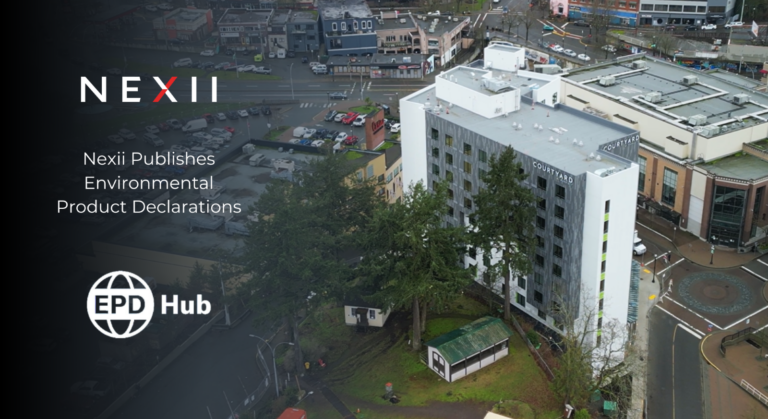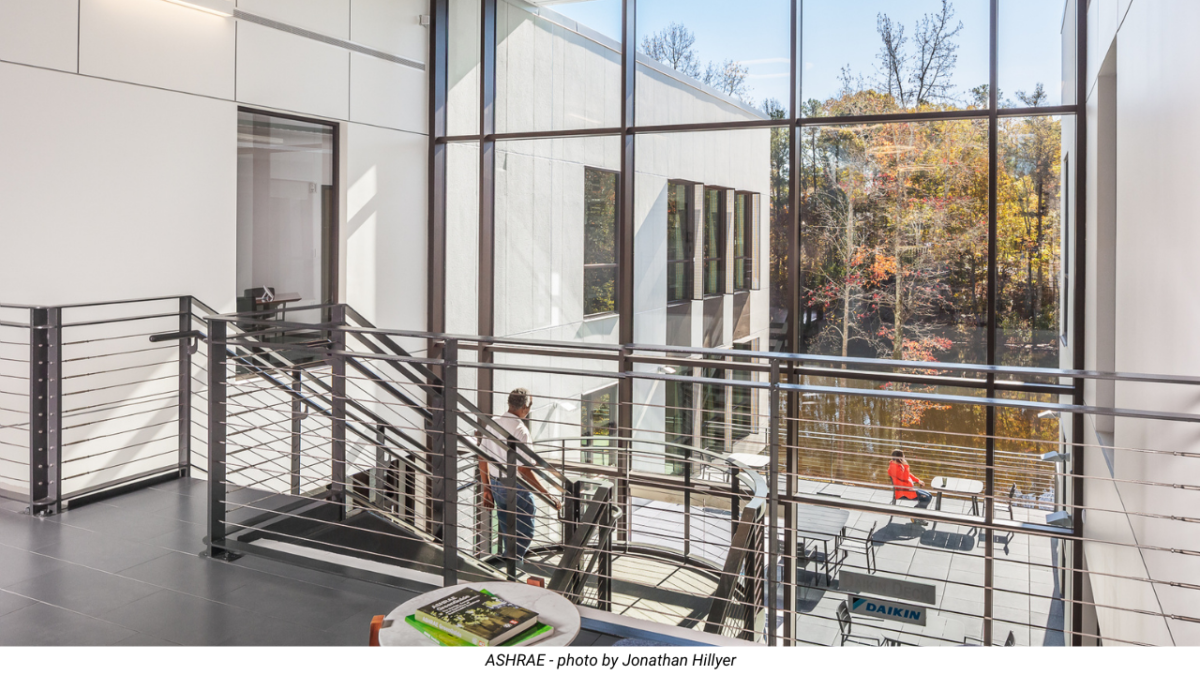
 Nexii is honoured to be working with world-renowned architect Jason F. McLennan considered one of the world’s most influential individuals in the field of architecture and the green building movement today. The accolades and awards garnered by Jason F. McLennan, are numerous and prestigious and a testament to his work as an environmental architect and a true industry disruptor. McLennan is the recipient of the prestigious Buckminster Fuller Prize (the planet’s top prize for socially responsible design) and the creator of the Living Building Challenge – the most stringent and progressive green building program in existence. McLennan is Nexii’s impact architect.
Nexii is honoured to be working with world-renowned architect Jason F. McLennan considered one of the world’s most influential individuals in the field of architecture and the green building movement today. The accolades and awards garnered by Jason F. McLennan, are numerous and prestigious and a testament to his work as an environmental architect and a true industry disruptor. McLennan is the recipient of the prestigious Buckminster Fuller Prize (the planet’s top prize for socially responsible design) and the creator of the Living Building Challenge – the most stringent and progressive green building program in existence. McLennan is Nexii’s impact architect.
By: Jason F. McLennan
Designing and building green buildings to be energy-efficient and low-carbon is essential to reduce global energy consumption and greenhouse gas emissions. The need for green building is especially crucial given that the building and construction sector contributes significantly to the climate crisis we are in today. But it’s not enough to focus on reducing carbon emissions and increasing energy efficiency when there are a variety of reasons to push for building sector improvements. Buildings can affect the quality of a person’s life and we need to consider the holistic view of building and design, ensuring that new buildings keep beauty, good design and the human soul in mind. Beauty matters!
The ASHRAE global headquarters in Atlanta, GA, the Climate Pledge arena in Seattle, Washington and Apple’s headquarters in Cupertino, CA, demonstrate that green buildings can be beautiful, elegant, and inspiring aesthetically and 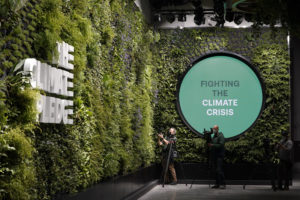 environmentally. Yet today, we continue to see instances of design focused solely on the efficiency of the building without consideration of impacts to quality of life and people’s well being. Singular emphasis ends up hurting our movement and green building momentum.
environmentally. Yet today, we continue to see instances of design focused solely on the efficiency of the building without consideration of impacts to quality of life and people’s well being. Singular emphasis ends up hurting our movement and green building momentum.
A recent example is the proposed Munger Hall project at the University of California, Santa Barbara. A $200 million funding donation from billionaire Charlie Munger came with the proviso that the residence had to be built to his design specification, which unfortunately was a 1.8 million square foot box for 4500 students with fewer than 10% of the spaces with windows. Although the proposal includes “artificial windows” that mimic daylight in the rooms, these rooms are without natural light and views to the outside.
In an article published in the Winter 2021 issue of Love + Regeneration, Bill Browning of Terrapin Bright Green discussed the drawbacks of windowless rooms. As Bill points out, the opportunity to stare at a view of nature, even for a short period, supports and restores cognitive capacity. It seems that an initiative for a building that houses students would be particularly concerned with the well-being of its inhabitants. The plan may be to build an energy and spatially efficient “green building,” but it truly lacks anything to feed the human soul. Creating efficient soul-depleting structures is not ideal as we work towards increasing the stock of green buildings.
Even if Munger was ‘efficient’ it is not a green building.
Biophilic Design and the Built Environment
Biophilic design is a concept that acknowledges that health and wellbeing can be improved by creating connections between people and nature. The philosophy aims to connect people with the natural world using natural light, ventilation, and landscape connections to create a healthy and productive living environment for occupants. Biophilic design is a quickly expanding framework for designers wanting to know how to create better design.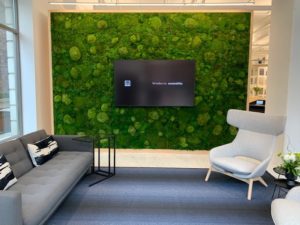
Biophilic design is a growing response from the architectural and design community to the lack of connection to the natural world that so many urban dwellers experience. Humans crave the restorative effects of nature and in an increasingly urbanized world, having a connection to nature is critical.
By 2050, close to 70% of the world’s population will live in urban environments. This migration to cities leads to a disconnection from nature and increased loneliness, depression, and isolation. Harvard School of Public Health professor John Spangler estimates that Americans now spend 95% of their time indoors. At the same time, there is evidence that if humans reconnect to nature, they will “become whole again.” This reconnection can occur in the built environment through design that can get people outdoors such as using porches, covered walkways, balconies, courtyards, etc. And the biophilic design challenge is not just for the building architect – it must include the 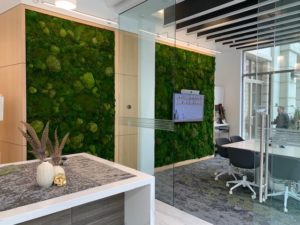 landscape architect, urban planner and the individual living in the building.
landscape architect, urban planner and the individual living in the building.
I have been an advocate of biophilia in design for the last two decades. I included biophilia as a guiding principle in the 2.0 version of the Living Building Challenge (2009), making it the first green building program in the world to focus on the subject. The Living Building Challenge was created as a way to get to a balance of energy efficiencies and biophilia, access to daylight, and beauty (beauty was introduced in the 1.0 version of the LBC in 2006 as a core requirement!). The Living Building Challenge is structured so design teams figure out how to balance all these issues and not prioritize one thing over another. It’s about how we holistically achieve all these things together.
Biophilic design, windows, views and access to life is the antidote to the inhumane concepts such as seen in Munger Hall which placed money over student well being and the whims of a wealthy donor over the long-term health of an institutions most valuable assets – its students. While some developers and facility owners may want to maximize the efficiencies of buildings or save money by only considering certain aspects of design, long-term it is the buildings that are holistic, biophilic, beautiful and efficient that will endure and increase in value.
Previous blogs by Jason McLennan:
Scaling Regenerative Design and Construction
Disrupting the Building Industry to achieve Sustainable Design
Jason F. McLennan – Green Architect and Industry Visionary




